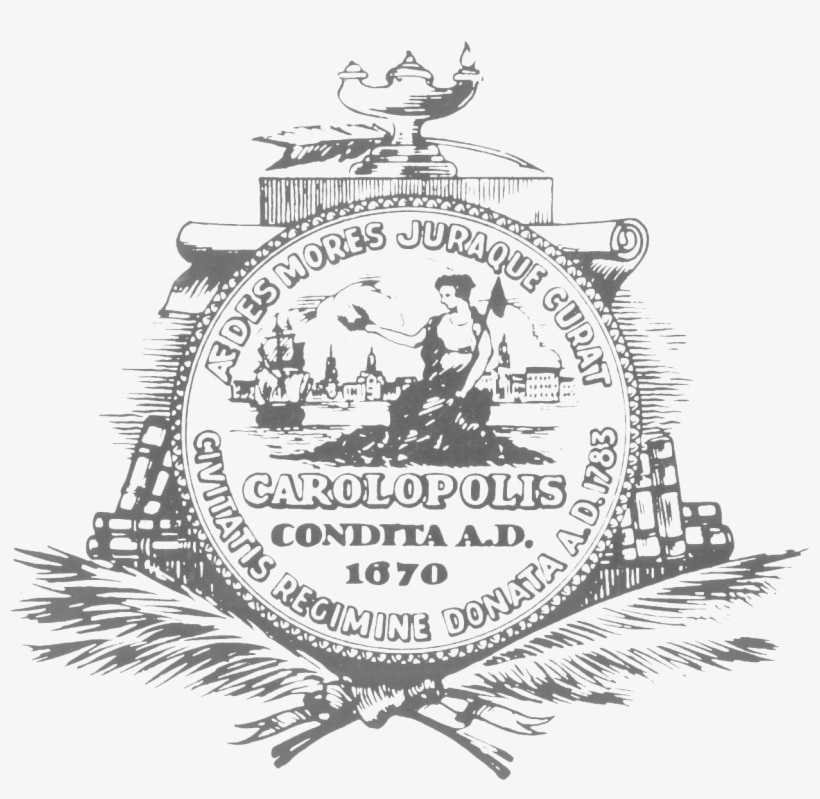After the winter storm of 2018, many residents have been waiting to see how various palm species within their landscape would fare. If your landscape experienced palm damage, here are a few tips to make an assessment for your palms.
When there is a frost or cold injury, the lower fronds are more damaged by the cold than the upper fronds. Despite their appearance, keep the fronds on as long as possible. If there is no longer any green left in them, remove them at this time if there will be no other cold events in the near future.
Palms grow slowly and require 7 months to begin to re-leaf after cold injury. The first new fronds are likely to be deformed or discolored. After new leaves have formed, remove the lower fronds with pruners or sharp knife. NEVER PULL THEM OFF THE TRUNK.
The dead plant material and wounds caused by the cold may leave the plant open to secondary decay organisms that will soften the palm and may produce an offensive smell. The base of the spear leaf is especially sensitive to cold injury and secondary infection. Copper based fungicides can be used as a drench at the heart of the palm to mitigate any issues. Contact your local landscape supplier, such as Possum’s or Site One to direct you to the right products.
If the top of the palm falls over, liquid pours out the side of the trunk, or observe reddish soft areas in the trunk, the tree is dead and needs to be cut.
If your species of palm has a growth pattern called sympodial, it is possible that it will sprout a new side bud near the ground and produce a new tree.
Cut dead dwarf palmettos, needle palms, European fan palms, and sago palms several feet above the ground. Cut dead Windmill, Pindo, Sabal, Saw, Washington, Date, Canary, and Mexican Fan palms near the ground. For further instruction, reach out to your local Clemson Extension Agent, Landscape Supplier, or local Palm Tree Grower.
-Information sourced from NC State Cooperative Extension.
If the Palm tree is indeed dead and needs to be removed, don’t forget to contact the Architectural Review Board for approval before removing the palm. Simple photos of the tree and the modification application found HERE can be submitted by email to Mary Stuart Sutton at MaryStuart.Sutton@dicommunity.org or Carson Jackson at Carson.Jackson@dicommunity.org.







